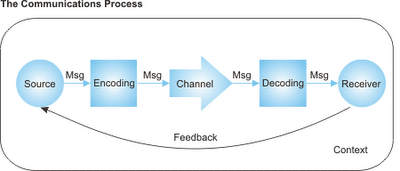English Creole (EC) has words that do not resemble words in Caribbean Standard English (CSE) even though they share the same meaning. For example:
2. Nyam and Eat
3. Bazodi and Confused
4. Nose-hole and Nostril
5. Eye-water and Tears
EC and CSE has shared words that signify different parts of speech. For example"
1. Stink ( adj.) and Stink (n, v)
2. Over (v, prep, adv.) and Over (prep, adv)
3. Sweet (adj., v, n) and Sweet (adj., n)
EC and CSE share words that though they resemble, have different meanings. For example:
1. Miserable = Ill-tempered and Miserable = Wretched
2. Ignorant = Ill-tempered and Ignorant = lacking in knowledge



